Find the potential difference between points and of the system shown in figure, if the emf is equal to and the capacitance ratio .

The correct Answer is:10
Step by step video & image solution for Find the potential difference between points M and N of the system shown in figure, if the emf is equal to E = 110 V and the capacitance ratio C_1/C_2 is 2. by Physics experts to help you in doubts & scoring excellent marks in Class 12 exams.
Updated on:21/07/2023Topper's Solved these Questions
- CAPACITANCEBOOK - RESONANCE ENGLISHCHAPTER - CAPACITANCEEXERCISE - Exercise - 3
26 Videos
- CAPACITANCEBOOK - RESONANCE ENGLISHCHAPTER - CAPACITANCEEXERCISE - High Level Problems
16 Videos
- CAPACITANCEBOOK - RESONANCE ENGLISHCHAPTER - CAPACITANCEEXERCISE - Exercise - 1
79 Videos
- ATOMIC PHYSICSBOOK - RESONANCE ENGLISHCHAPTER - ATOMIC PHYSICSEXERCISE - Advanved level problems
17 Videos
- COMMUNICATION SYSTEMSBOOK - RESONANCE ENGLISHCHAPTER - COMMUNICATION SYSTEMSEXERCISE - Exercise 3
13 Videos
Similar Questions
Find the potential difference VA−VB between points A and B of the circuit shown in figure.
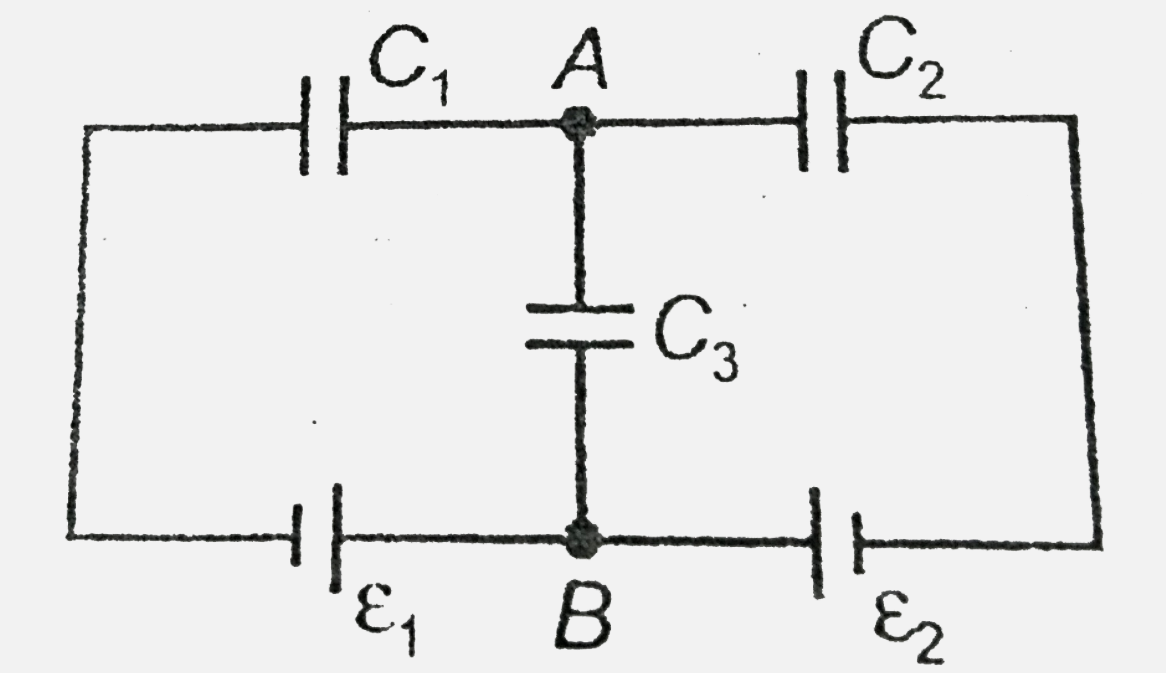
View SolutionFind the potential difference between A and B as shown in the figure

View SolutionFind the potential difference Va−Vb between the points a and b shown in each part of the figure.
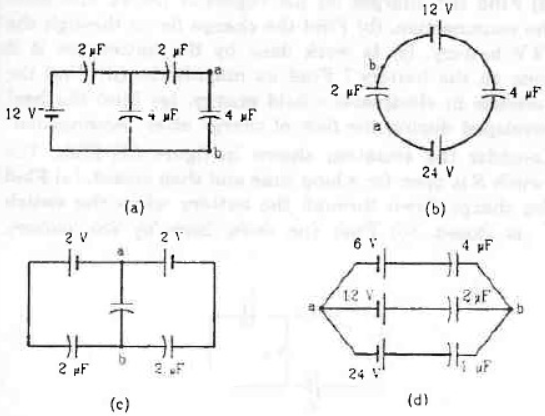
View SolutionFind the potential difference Va−Vb , between the points a and b shown in each part of the figure.

View Solutionfind the potential difference between th point A and B and between the point B and C of figure in steady state.

View SolutionFind the potential difference between the points A and B and between the points B ans C of figure in steady state.
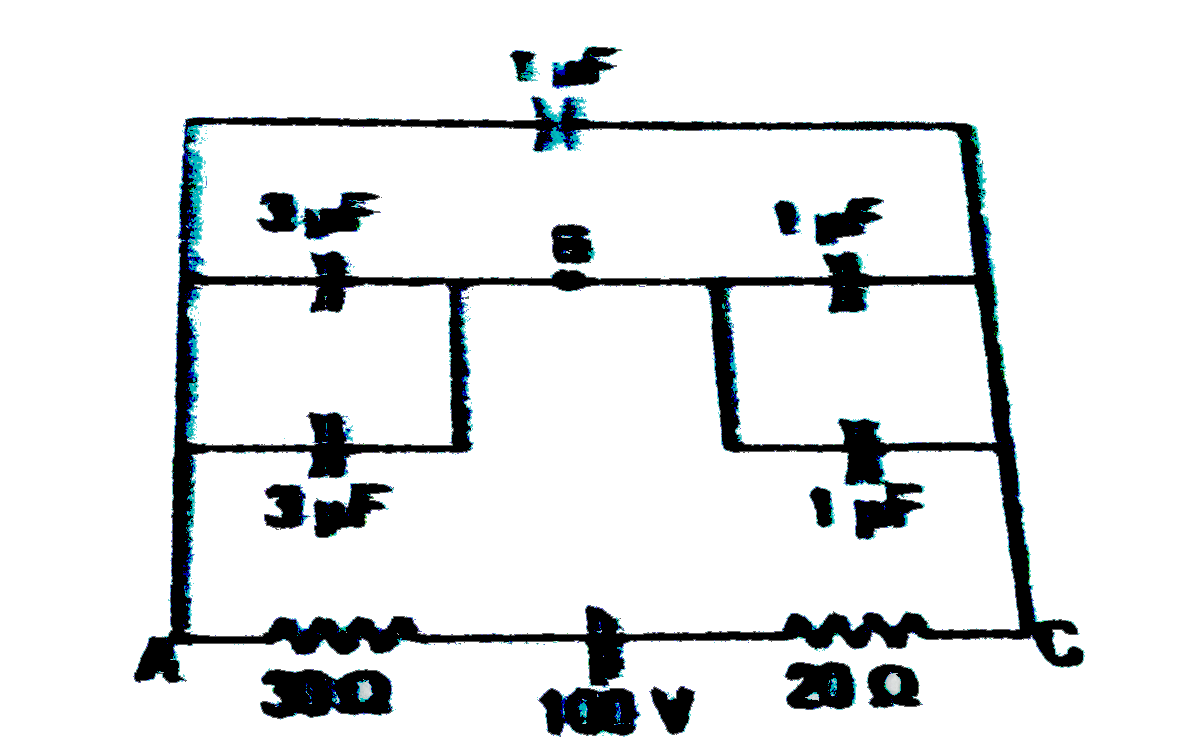
View SolutionFind the potential difference Va−Vb between the points (1) and (2) shown in each part of Fig.
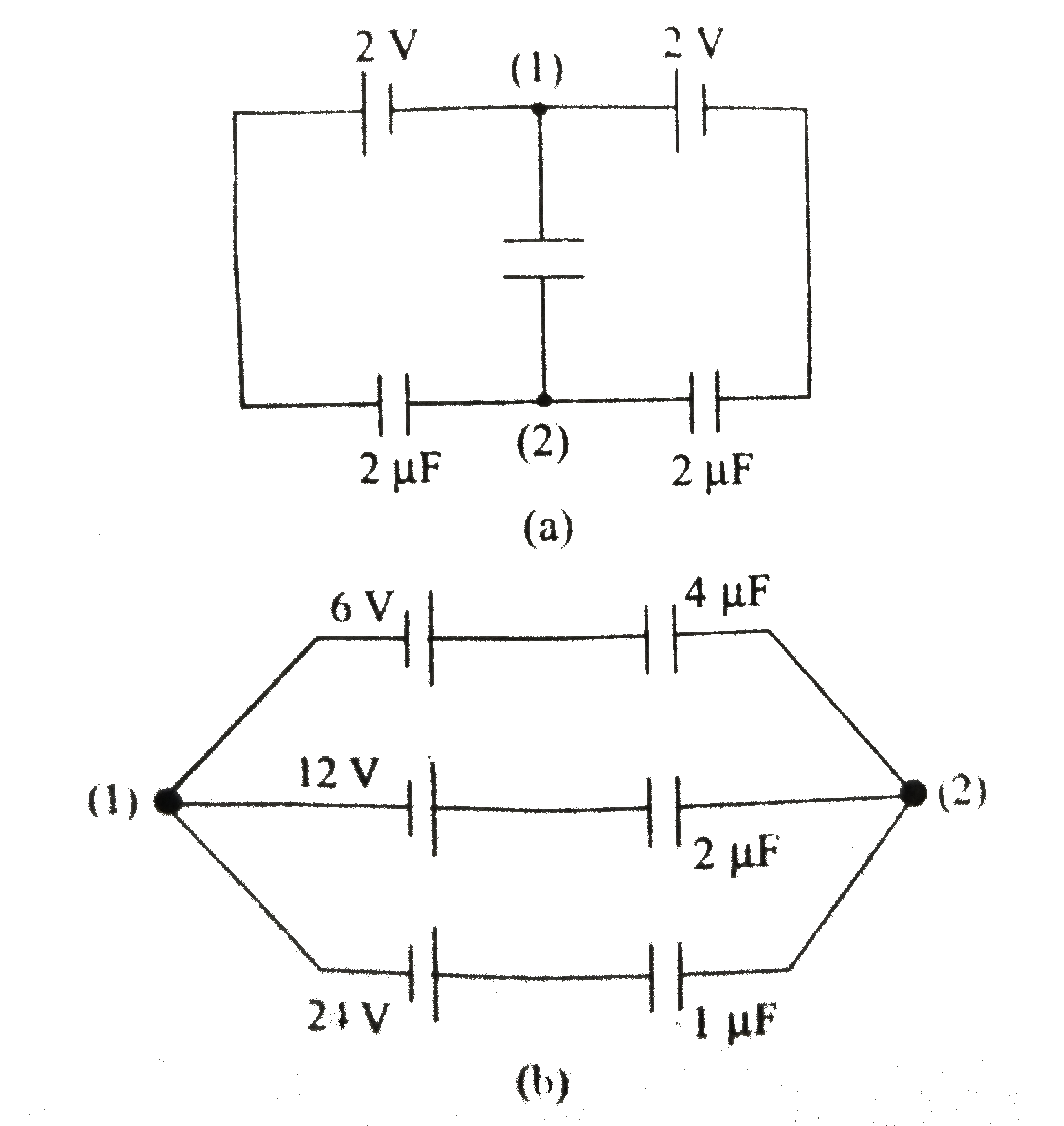
View SolutionAt steady state, the potential difference between points C and D in the circuit shown is equal to ________ V.

View SolutionFind the potential difference between the points A and B (VA−VB) as shown in figure. (Initially all the capacitors are uncharged)

View SolutionDetermine the potential difference VA−VB between point A and B of the circuit shown in figure . Under what condition is it equal to zero ?
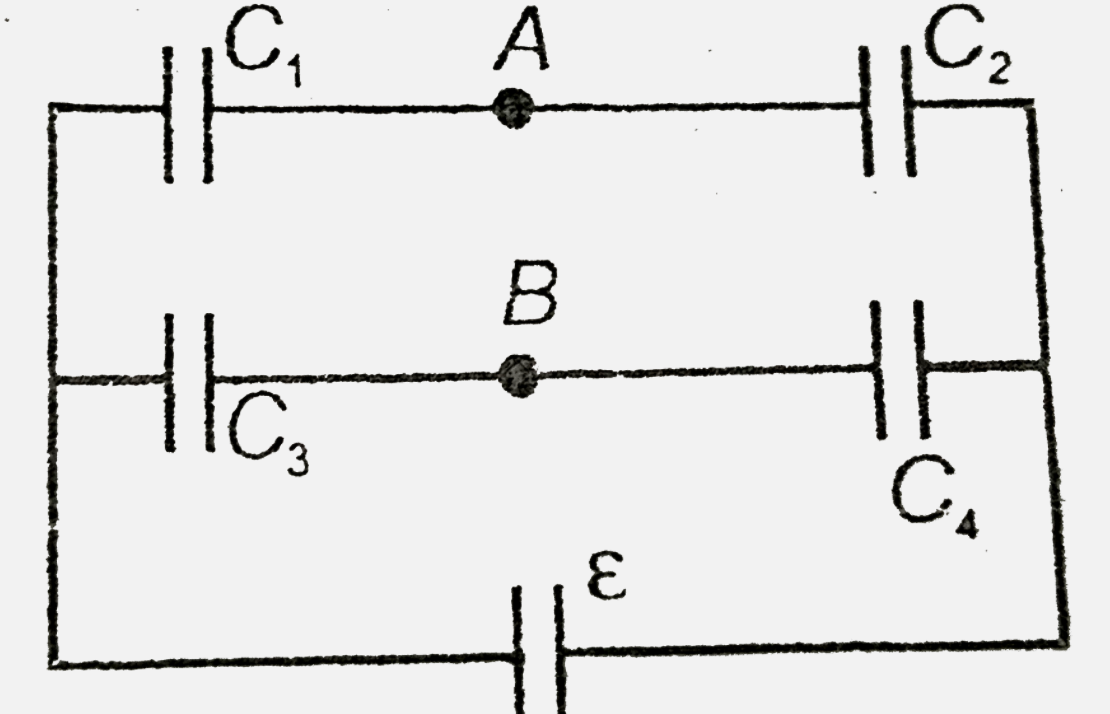
View Solution
